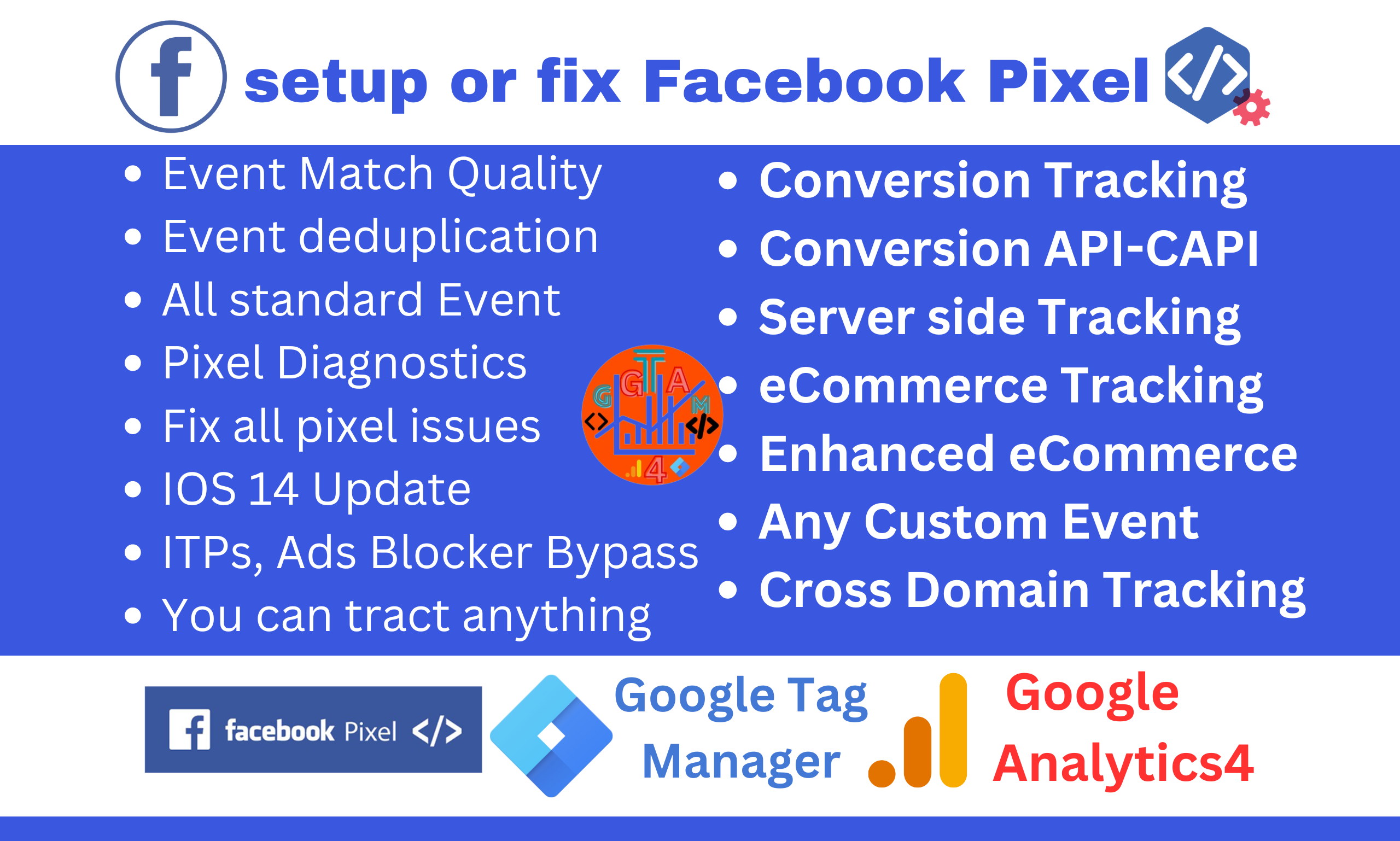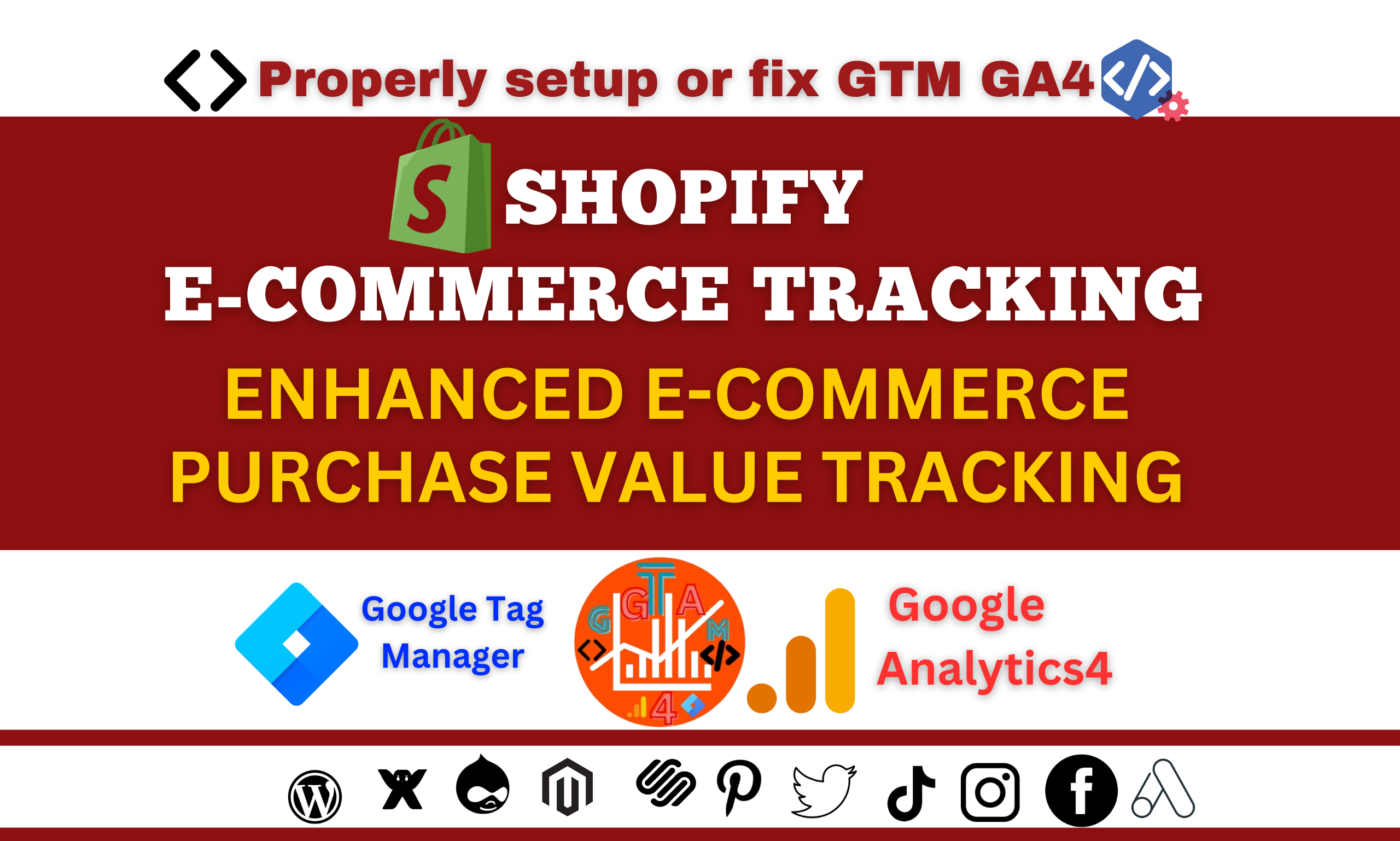Google Analytics 4 (GA4) is Google’s latest and most advanced analytics platform, designed to offer a deeper, data-driven understanding of user behavior across websites and apps. GA4 is built on a flexible event-based model that provides a comprehensive view of user interactions across multiple channels, focusing on privacy, intelligent tracking, and a user-centric approach. With its sophisticated tracking capabilities, advanced AI insights, and integration with Google’s advertising ecosystem, GA4 equips businesses with the tools they need to make smarter, evidence-based decisions. Let’s explore GA4, covering its setup, tracking capabilities, intelligent analytics, and the powerful data-driven insights it provides for effective strategies.
Setting up GA4 involves creating a new property in your Google Analytics account or migrating from Universal Analytics. Here’s a brief guide to getting started:
GA4 uses an event-based data model rather than session-based tracking. This shift brings several advantages:
GA4’s ability to unify data across web and mobile platforms provides businesses with a clear view of cross-device user journeys. By linking a web property and an app property in GA4, businesses can analyze user activity in one place, gaining insights into how users interact across devices and platforms:
GA4 is not just an analytics tool—it’s a comprehensive platform for data-driven decision-making. Here are some practical ways businesses can leverage GA4 insights:
To fully leverage GA4’s advanced features, invest in understanding its unique tools:
GA4 provides versatile tracking options for comprehensive insight:
In GA4, user engagement is measured with metrics tailored for a holistic understanding of user behavior:
GA4’s enhanced measurement features simplify event tracking:
Data streams are how GA4 structures data, replacing traditional views:
GA4 provides enhanced reporting features for detailed analysis:
Event tracking in GA4 is highly customizable:
GA4 brings advanced features for ecommerce tracking:
GA4 seamlessly integrates with other tools and platforms:
GA4 provides tools for attribution modeling and predictive insights:
GA4 includes features to help optimize website performance:
GA4 may present new challenges:
GA4 is Google’s latest analytics platform that uses an event-based model to track user interactions across websites and apps. It’s designed to provide a more in-depth, data-driven view of user behavior, focusing on cross-platform tracking, privacy compliance, and AI-powered insights.
To set up GA4, log in to your Google Analytics account, go to Admin > Property > Create Property, and select “GA4″.Then, install the GA4 tracking code on your website or app, either directly or through Google Tag Manager, to start collecting data.
In GA4, an “event” is any user interaction on your site or app, like a page view, video play, form submission, or purchase. Events offer a detailed view of user engagement with specific elements and enable customizable tracking of business goals.
GA4’s machine learning provides predictive insights, such as purchase probability and helping businesses anticipate trends, understand user behavior, and make proactive decisions.
Yes, GA4 includes privacy-focused features like IP anonymization, data retention options, and consent tracking, supporting compliance with regulations such as GDPR and CCPA.
GA4’s enhanced measurement automatically tracks user interactions, including scrolls, link clicks, file downloads, and video plays, providing detailed engagement insights with minimal setup.
GA4 combines website and app data into a single property, providing a unified view of user interactions across devices to understand the complete customer journey.
GA4 allows businesses to track which channels and campaigns are driving the most engagement and conversions. Integration with Google Ads enables audience segmentation for better ROI
The Analysis Hub in GA4 is a set of advanced tools for creating custom reports, path analysis, funnel visualizations, and segment comparisons. These features enable businesses to dive deeper into user journeys and uncover conversion obstacles.
GA4 includes options for data retention (typically 2 or 14 months) and anonymizes user data, ensuring compliance with privacy laws and safeguarding user information.
GA4 offers e-commerce tracking that allows businesses to monitor actions like product views, add-to-cart events, transactions, and refunds. This helps e-commerce businesses optimize their sales funnels and understand customer purchasing behavior.
Yes, GA4 is beneficial for businesses of all sizes. Its automated insights, simplified tracking setup, and cross-platform features help small businesses engage users and make data-driven decisions effectively without requiring extensive analytics expertise.
Google Analytics 4 marks a significant evolution in analytics technology, offering an event-based model, AI-powered insights, and cross-platform tracking for in-depth user behavior analysis. Its emphasis on privacy and flexibility allows businesses to make data-driven decisions and remain competitive. GA4 provides essential tools to elevate your data strategy.
At Web Analyst, we’re here to support your GA4 setup or troubleshooting for improved digital strategy.
Contact Web Analyst today for expert GA4 tracking services and data accuracy support.
Written by Md. Anwar Hossain-Web Analyst
























